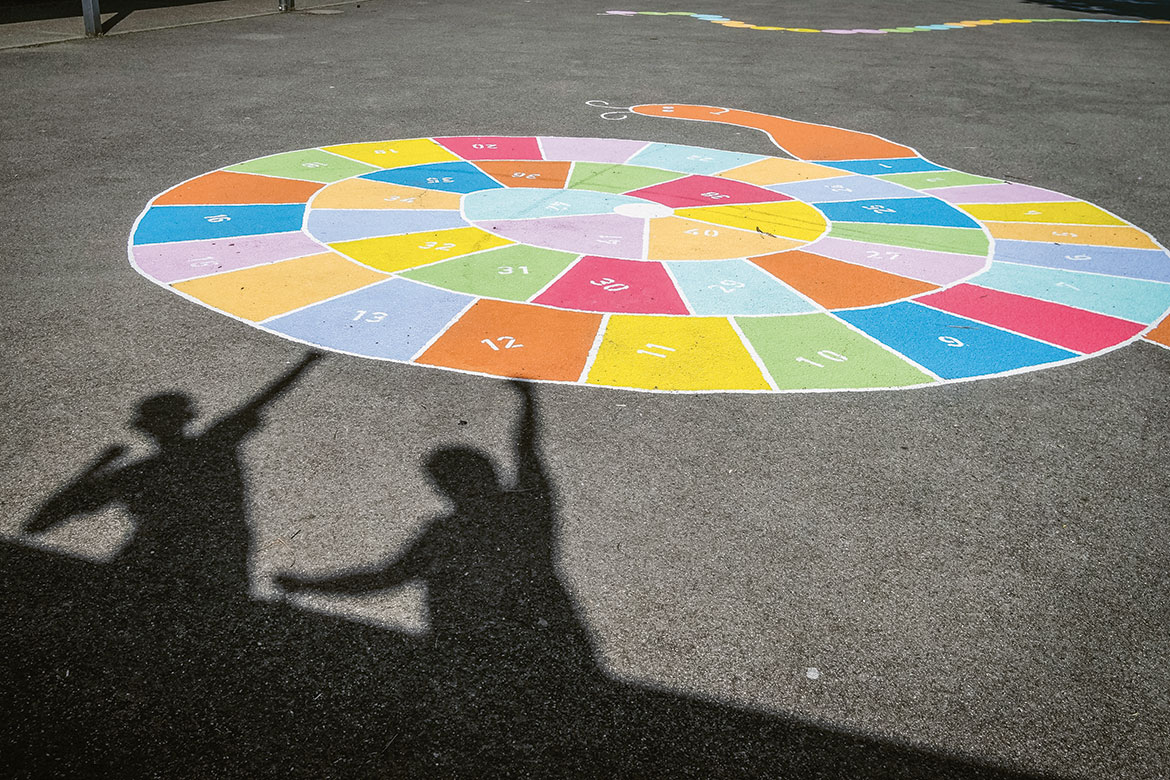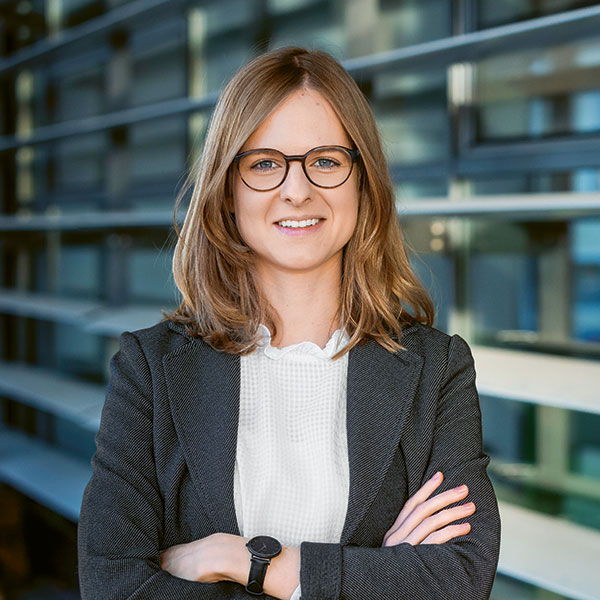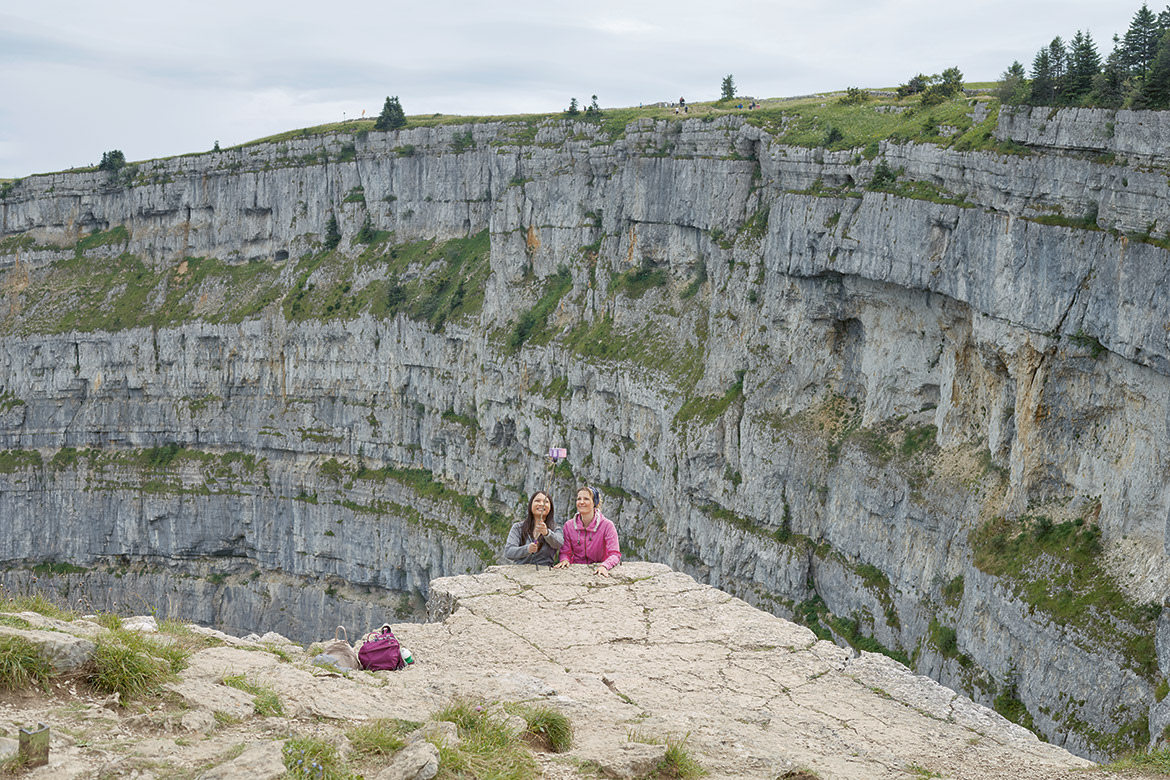Feature: Taking a fresh look at school
Editorial: School for the many, not the few
Two opposing trends are emerging in schools: the belief in progress and the complete rejection of it. In state-run schools, both extremes have to find a place, writes Judith Hochstrasser.

Playing with shadows in the schoolyard: we asked pupils to photograph their school for Horizons; they showed us that technology and simplicity are not mutually exclusive. | Picture: Mélék Manaï
A spellbound schoolgirl watches the movements of a small, white, flashing car: she has just learned how to program a mini-robot. Another schoolchild is creeping through the grass, observing the insects. She knows all about beetles and their kind. These two scenarios are a reality in schools today, and can serve to illustrate two opposing trends: using the latest technologies at the earliest possible age and getting as close to Nature as possible.
Both trends are a reaction to progress – one is testament to an enthusiastic belief in it, the other to its complete rejection. It’s an interesting fact that it’s the programmers of Silicon Valley who today tend to prefer sending their kids to computer-free schools. The New York Times has diagnosed a new digital gap – the privileged today are no longer those who have the quickest Internet connection or the newest devices, but those who can pay for a private school and a nanny, and can provide their kids with human interaction and the luxury of a conscious renunciation of technology. These days, it’s the lower classes who keep their kids occupied using smartphones, tablets, etc.
Silicon Valley might often be ahead of its time, but the ideas discussed in the New York Times find confirmation here in Switzerland, too. Many parents with sufficient financial resources and plenty of space prefer to send their children to outdoor, forest kindergartens or to Rudolf Steiner Schools. Both types of institution are often largely devoid of computer screens. But there’s another alternative trend in education, which actively profits from digital resources. Some home-schooling projects, for example, consciously make use of the information provided by the Internet. And state-run schools are upgrading their classrooms with robots and tablets.
So where do we go from here? Should we all return to climbing trees, or shout three cheers for the health of the digital revolution? Private schools can provide for parents with extreme opinions, but state schools should remain suitable for everyone. At kindergarten, our kids should be able to go out into the forest once a week, but they should also have fun learning to program a Beebot. Attaining openness and diversity is a challenge that our state schools have to meet.




